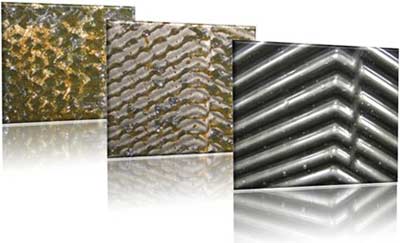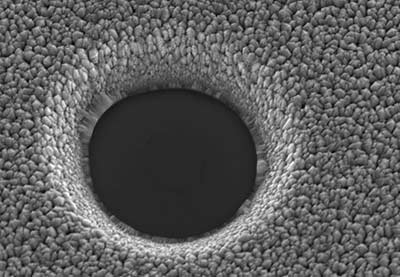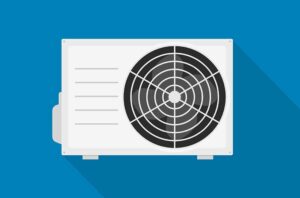Nanotechnology to boost HVAC efficiency
19th April 2015
EUROPE: Future energy savings of up to 50% are predicted in hvac systems with the application of advanced nanotechnologies.
The €4m EnE-HVAC project, part-funded by the EC, is researching the use of nanotechnological coatings and surface treatments for improved heat transfer, new nano- and micro-materials for improved efficiency of refrigerants and improved efficiency and heat transfer capabilities of coolants via new nanotechnological additives.
The consortium behind the project includes partners from across industry and research institutions. These include heat exchanger manufacturers LuVe and Vahterus Oy, commercial heat pump manufacturer Dansk Varmepumpe Industri A/S, Danish ventilation manufacturer Exhausto, German software company ESI and Finnish nanotechnology material firm Carbodeon and two research institutions – the Danish Technological Institute and Spain’s IK4 Tekniker.
The technologies used will address the heat exchanger efficiency on both the air- and liquid side of heat exchangers such as condensers/evaporators and on heat recovery systems. The project will also address the heat transport system to ensure high efficiency throughout the hvac system. There is also a significant focus on the use of “green” refrigerants avoiding fluorocarbons.

The new technologies being researched include nanostructured coatings for increased heat transfer, nanotechnological coatings with anti-freezing properties to limit over-icing of heat exchangers and nanofluids for the improvement of heat transport.
The nanotechnological coatings will be applied on the air side of both air-air and liquid-air heat exchangers. Sol-gel coatings, that will significantly decrease ice formation and adhesion to heat exchanger fins, are being developed at the two research institutes, Danish Technological Institute and IK4 Tekniker (Spain).
Sol-gel coatings are applied by standard methods such as spray-coating and are widely used due to their excellent adhesion to metals and their high chemical and wear resistance. Typical film thicknesses reach from a few nm to a few μm. The low thickness makes them extremely interesting for enhancing heat exchangers where good heat transfer is required in combination with other properties such as low adhesion if ice, improved bubble formation, anti-fouling, etc.
By avoiding ice formation or ice adhesion, de-icing cycles can be minimised or completely avoided thus giving rise to significant energy savings. To ensure the best performance and applications, LuVe, Dansk Varmepumpe Industri and Exhausto are included in the consortium to help develop and demonstrate the technologies.
On the refrigerant side of liquid-air and liquid-liquid heat exchangers, there are two approaches for improving heat transfer. In boiling heat transfer, micro- and nano-structured surfaces will be developed at the Danish Technological Institute to achieve large increases in the boiling efficiencies of the refrigerants thus allowing for a reduction in energy usage. Sol-gels developed at IK4 Tekniker will also be applied on the liquid side of heat exchangers.
By manipulating the polarity of these surfaces, the wetting capabilities and, consequently, the heat transfer capabilities of both refrigerant and brine can be improved. Vahterus Oy is producing and testing modified liquid-liquid heat exchangers, while LuVe and Dansk Varmepumpe Industri are focused on liquid-air heat exchangers for residential and commercial applications.
A third approach to increasing the efficiencies of the heat transfer is the use of nanodiamonds from the Finish company Carbodeon Oy. Nanodiamonds are said to have shown great promise for increasing heat transfer in heat exchanger applications. Using nanodiamonds is expected to achieve significant increases in the efficiency of the refrigerant. This increase has previously been shown in other refrigerants, but in this project there is a focus on natural refrigerants such as CO2 and ammonia.
The three-year project which runs until the end of September is said to have achieved a number of significant results. Large-scale test setups for evaluating these nanotechnologies have been designed and are currently being built.







